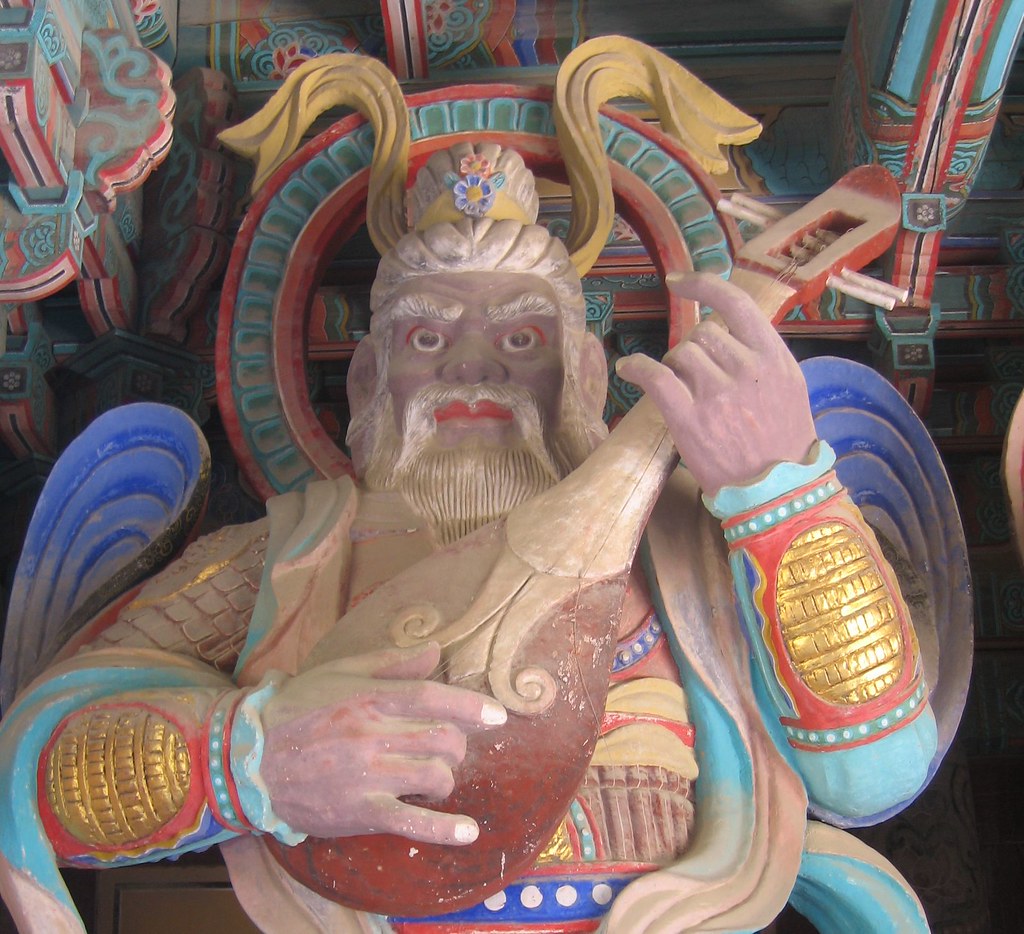I read hundreds of poems each year but I am lucky to find even one which captures my heart. I eat pork every week and even subpar bacon can cheer up a hard day. Wouldn't it be great to find a puerh which has the transcendant lift of poetry as well as the magical comfort of bacon. I ask too much.
Today for lack of anything too useful to say, I finally use the lazy tea blogger's cheat card. (I'm trying with futility to buck the growing trend of blog slowdowns.)
Today for lack of anything too useful to say, I finally use the lazy tea blogger's cheat card. (I'm trying with futility to buck the growing trend of blog slowdowns.)
Seven Bowls of Tea by Lu Tong
The first bowl moistens my lips and throat.
The second bowl banishes my loneliness and melancholy.
The third bowl searches my barren entrails to find
nothing there but five thousand scrolls.
The fourth bowl raises a light perspiration,
And all life's inequities pass out through my pores;
The fifth bowl purifies my flesh and bones.
The sixth bowl calls me to the immortals.
The seventh bowl I need not drink,
feeling only the pure wind rushing beneath my wings.
Where is Penglai Island, Yuchuanzi wishes to ride on this sweet breeze and go back.
That's some tea that Lu Tong is enjoying. I myself am happy enough if I can get to that second bowl. Perhaps it's such poems that goad tea drinkers to hold onto unrealistic expectations of tea. Some amazing teas and humble teas have sent me to Lu's fourth bowl, but I seem I cannot go further for my weary flesh and bones are beyond redemption. Yet I persist in drinking new teas ever hopeful to find that magical rush. Who has been called to the immortals?





































